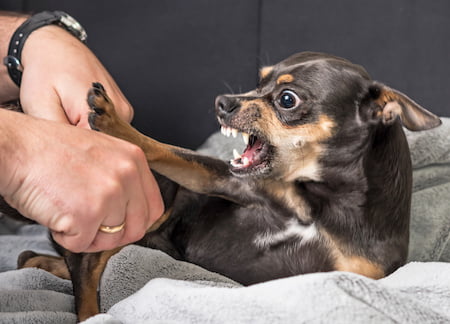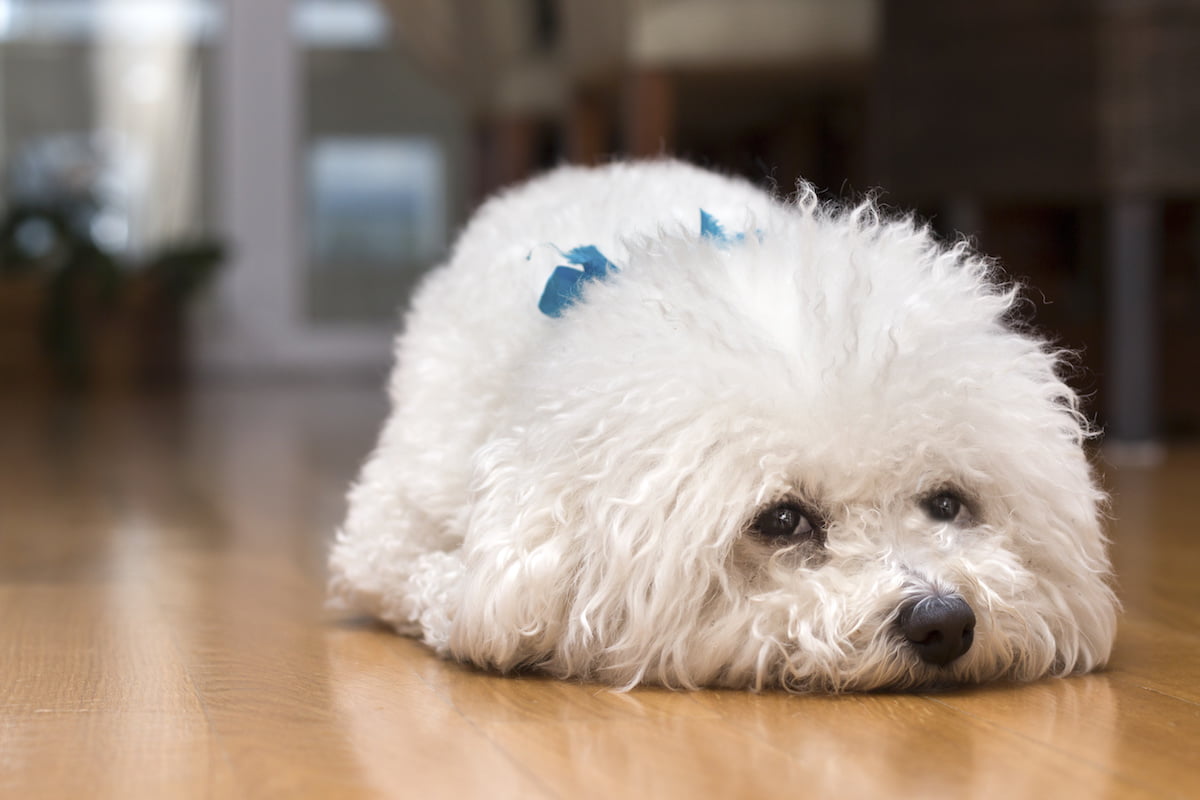Quarantine Affects Your Pets, Too
For many dog and cat owners, the stay-at-home orders have provided an opportunity for more quality time with their beloved pets. However, some pet owners have reported strange behaviors from their animals during quarantine. The stay-at-home orders can affect your pet’s behavior in some surprising ways. Has your dog or cat exhibited any of these strange behaviors? If so, you might need to enroll your dogs in dog daycare to help alleviate some of these problematic behaviors.
Strange Pet Behaviors During Quarantine
On social media, pet owners are reporting strange behaviors from their pets during the extra time with their owners. For example, one Twitter user asked their followers: “Anyone else’s dog barking five times more during quarantine? Because I am going to lose my mind.” Plenty of people are having issues with loud animals while trying to work from home. Another Twitter user posted: “Just yelled, ‘shut up, your father is on a Zoom’ at the dog in case you’re wondering how my quarantine is going.” Barking isn’t the only issue that dog owners have reported, though. Have your animals been doing any of the following?
Aggressive Behavior

If your dog seems like they’re tired of you, it may be time to send them to doggie daycare at Safe Journey Dog Boarding. Call today to get started!
Has your dog started growling more or snapping at other pets? If your normally friendly dog has started behaving more aggresive towards other pets and humans in the household, it’s possible that quarantine is frustrating them. Dogs who are used to having alone time during the day while their humans are away at work or school may have a hard time adjusting to all of the “quality” time. In this case, it’s best to let your pet have space and time away from the family. Try to follow your normal schedule as much as possible to allow your pet to follow their own routine, which likely involves quiet time away from the family.
Separation Anxiety
Spending a lot of time with your pets can also lead to increase instances of separation anxiety on the rare occasion you do leave the house for essential services. The veterinary school at UCDavis recommends using the time during quarantine to help your pets deal with some of their stressors, including nail clipping, toothbrushing, and separation anxiety.
Fearfulness
Is your dog suddenly acting like they are scared of everything? The cause could be all of the increased time at home combined with your anxiety. Animals can pick up on tension and anxiety in the house, just like humans. However, there are ways to help your pet with their fearfulness during this tumultuous time.
How to Help Your Pet With Their Fears During Quarantine
While it can be tempting to comfort your pet when they’re acting afraid, you may actually be making the problem worse by doing so. Keep in mind the following when trying to help your pet get over their fears:
Identify Specific Triggers
Figuring out which stimuli are triggers for your pet is an important step in moving forward. Pay close attention to your dog or cat’s behavior. Do they act fearful when they hear road noises? Fireworks? When you get close with the nail clippers or toothbrush? Identify those stimuli (there may be more than one).
Avoid the Triggers
At first, it’s best to give your little animal a break and avoid the things that trigger their fearful responses (when possible). For example, run a fan (for white noise) in the room your animal spends a lot of time in if they’re often scared of noises from outside or take a break from clipping their nails for a while. This time allows you to help develop more trust with your pet without distractions or interruptions from stressors and triggers.
Define Your Relationship With Your Pet
Examine the way you and your family interact with your pet when they are exhibiting a fearful response. Most often, the natural reaction to a scared pet is to pick them up or pet them. However, this reaction can actually cause the behavior to be worse as the pet will perceive the petting or comfort to be a positive reinforcement of their behavior. The best way to handle a fearful response in your pet is to act as though everything is fine and redirect their attention through a command such as “sit” or “look.” Then, reward your pet for following that command with a treat. Some animals may not be food-motivated, so you’ll have to determine if there’s something else your pet considers as a “treat.” Make sure that every member of the household treats the fearful pet in the same way when they exhibit fearful behavior.
Practice Leadership Exercises With Your Pet
Leader exercises are part of a concept widely promoted by animal behaviorists and veterinarians. With dogs, this means to reward your pet with treats, food, or affection when they perform a behavior for you such as a simple “sit” command or multiple beahviors. This process helps strengthen the bond between pet and owner by showing patterns of predictable interactions. A relationship built on these interactions can help your dog trust you more in times of stress or fear without perpetuating fearful behaviors.
Desensitize and Countercondition
Desensitizing and counterconditioning your pet can be useful for fearful situations, but you must practice this method very slowly and gradually. This approach’s goal is to desensitize your animal to their triggers and to form positive associations with them. Do not attempt to desensitize your animal without first identifying the triggers and working on your relationship with your pet. Consult a veterinarian for more details and support during this process.
How Can Safe Journey Dog Boarding Help You?
Is it too hard to get work done at home with the dogs barking all day? Contact Safe Journey Dog Boarding for affordable and responsible doggie daycare so you can get some work done while your dog gets interaction and time out of the house. Call today or contact us through our form to get started!

